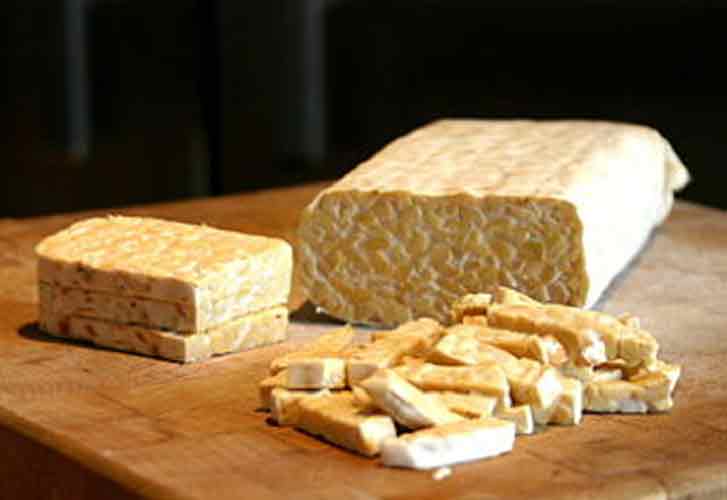Like many people, you may never have eaten chicken liver. Often used in pate, chicken liver can also be pan-fried for an iron- and protein-rich meal. A 100g serving, which is about 3.5 oz., of pan-fried chicken liver contains 172 calories, more than 100 of which come from protein. One serving of chicken liver contains 25.8g of protein, which provides more than 40 percent of the DRI for protein. Chicken liver is a complete protein because it contains all of the essential amino acids, which are those that your body cannot produce.
Ingredients
- Lemongrass
- Thai shallots called bombay merah (red onions)
- Slices of garlic
- Half a large onion cut in rings
- Red chili (big and small, depending on how hot you want it)
- Galan-galan (https://www.herbal-supplement-resource.com/galangal.html).
- Tomatoes
- Chicken liver, 500g (serves 2-4 persons)
Instructions
Maliani dips the pieces of chicken liver in boiling water and lets them boil slightly. She then gently fries the seasoning in coconut oil, adding lemongrass and cut tomatoes. The seasoning she uses is the typical Indonesian mixture of small Thai shallots, garlic, slices of half a large onions, big and small, red chili and galan-galan (https://www.herbal-supplement-resource.com/galangal.html). The spices, onions, and tomatoes should be chopped. The quantity of small red chillis used is what decides how hot you want the dish to be.







